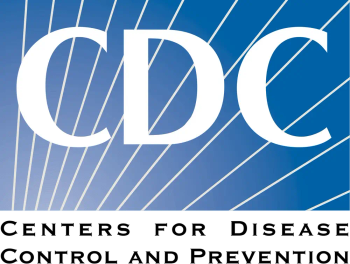
FDA Authorizes First Condom for Anal Intercourse
The FDA approved the One Male Condom as the first condom approved and proven to protect against STIs and HIV during anal sex.
Yesterday, the One Male Condom became the first condom
The condom is specifically designed to prevent the transmission of
Healthcare experts have long supported this move, in hopes that the authorization would encourage condom usage and reduce rates of
The One Male Condom exceeded this requirement, with a failure rate (as measured by slippage or breakage) of 0.68% during anal intercourse and 1.89% during vaginal intercourse. The clinical trial, originally
Condoms have long been
The FDA acknowledged the disproportionate rates of STI transmission during anal intercourse, adding that unprotected anal intercourse is the greatest sexual exposure risk of HIV transmission. Courtney Lias, PhD, a director in the FDA’s Center for Devices and Radiological Health, said, “This authorization helps us accomplish our priority to advance health equity through the development of safe and effective products that meet the needs of diverse populations. This De Novo authorization will also allow subsequent devices of the same type and intended use to come to the market through the 510k pathway, which could enable the devices to get on the market faster.”
The One Male Condom should be used with condom compatible lubricant, the FDA said. The approved condoms are available in 54 different sizes, and come in standard, fitted, and thin varieties.
The FDA granted marketing authorization for the One Male Condom to Global Protection Corp. The condom was approved through the De Novo premarket review pathway for new, low- to moderate-risk devices.
The One Male Condom had an overall 1.92% rate of adverse events, including recent or symptomatic STI diagnosis, condom or lube-related discomfort, partner discomfort, and partner urinary tract infection. The study authors and FDA noted that STIs were not verified before the start of the
Newsletter
Stay ahead of emerging infectious disease threats with expert insights and breaking research. Subscribe now to get updates delivered straight to your inbox.
















































































































































































































































































